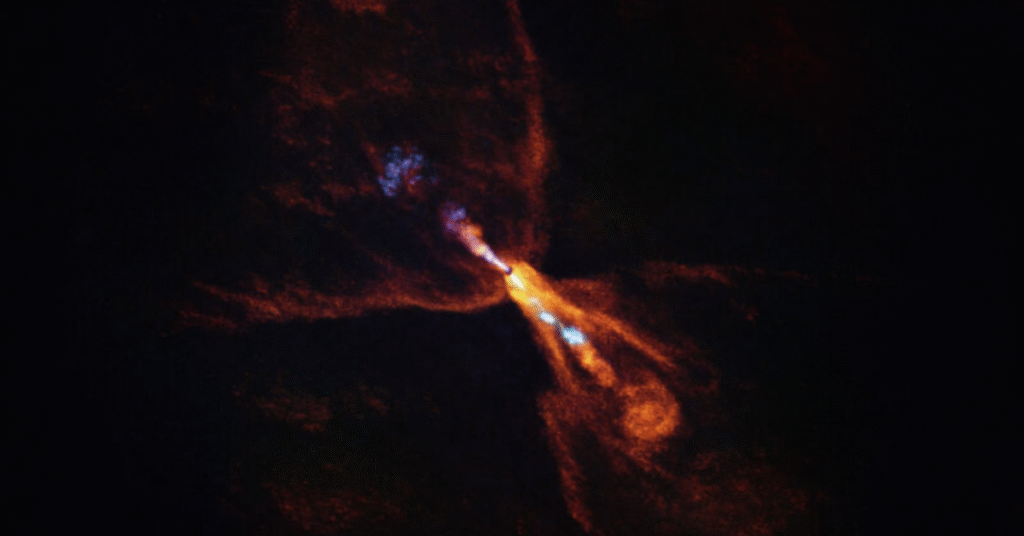
The James Webb Space Telescope is once again rewriting the textbooks on how the universe works, delivering discoveries that challenge our most fundamental ideas about how stars and planets come to be. In two separate but equally stunning findings, astronomers have unveiled breathtaking images of a stellar nursery in action while also uncovering a “planet factory” with a bizarre recipe: it’s completely missing water but is overloaded with carbon dioxide.
NASA’s powerful Webb telescope has zoomed in on the Pismis 24 star cluster, nestled inside the Lobster Nebula about 5,500 light-years from home. The images it sent back on September 3 are nothing short of spectacular, revealing towering pillars of gas and dust that look like something out of a fantasy epic. To give you a sense of scale, the tallest of these cosmic spires stretches an incredible 5.4 light-years from its base to its peak.
At the very heart of this cosmic light show is Pismis 24-1, a system once believed to be a single, impossibly massive star up to 300 times the size of our Sun. We now know it’s actually a powerhouse duo of giant stars, tipping the scales at 74 and 66 times the Sun’s mass. These incredibly hot newborn stars, some burning eight times hotter than our own sun, are acting like cosmic sculptors, blasting out intense radiation and stellar winds that carve huge cavities into the surrounding gas cloud.
But these massive stars aren’t just destroying their environment; they’re also creating it. According to NASA, the same fierce energy that etches these dramatic pillars is also compressing the gas inside them, kickstarting the formation of brand-new stars. Those beautiful, wispy white features you can see in the images are essentially cosmic streamers—gas and dust being energized and blown off the ridges by the relentless stellar radiation.
In a completely separate discovery within the same cosmic neighborhood, Webb stumbled upon something that has left astronomers truly puzzled. It found a planet-forming disk swirling around a star named XUE 10, but its chemical makeup is unlike anything they expected. The disk is packed with carbon dioxide but has virtually no water, a finding that directly contradicts our leading theories on how planets are built.
“Unlike most nearby planet-forming disks, where water vapor dominates the inner regions, this disk is surprisingly rich in carbon dioxide,” explained lead researcher Jenny Frediani. Another scientist put it even more bluntly: “In the inner regions of XUE 10, water was barely detectable.” This is the exact opposite of what they anticipated finding in a system where new worlds are taking shape.
This discovery throws a major wrench in the standard playbook for planet formation. Usually, scientists expect water ice from the cold, outer parts of a disk to drift inward, turning into a thick vapor as it gets closer to the star’s heat—a signal Webb is designed to spot easily. Instead, they found a trove of carbon dioxide, including rare versions that could help explain the strange chemical signatures found in comets and meteorites right here in our own Solar System.
So what could be causing such a bizarre, water-deprived environment? Researchers believe the culprit might be the intense ultraviolet radiation flooding the entire region. “Such a high abundance of carbon dioxide…is unexpected,” said Arjan Bik of Stockholm University. He suggests that the fierce radiation from the host star or its massive neighbors is fundamentally reshaping the disk’s chemistry, possibly stripping it of water.
This finding has massive implications for our understanding of just how diverse planets can be and, ultimately, for the search for life. As one expert noted, most stars and planets are likely born in chaotic, high-radiation regions like this one. Understanding how these harsh environments affect planetary building blocks is crucial “for grasping the diversity of planetary atmospheres and their habitability potential.”
Discoveries like this are precisely what the Webb telescope was built for. Its unmatched ability to read the chemical fingerprints of distant, infant solar systems is opening up entirely new ways to investigate how extreme cosmic environments can change the very ingredients used to build planets, offering a fresh perspective on our own origins and our place in the universe.




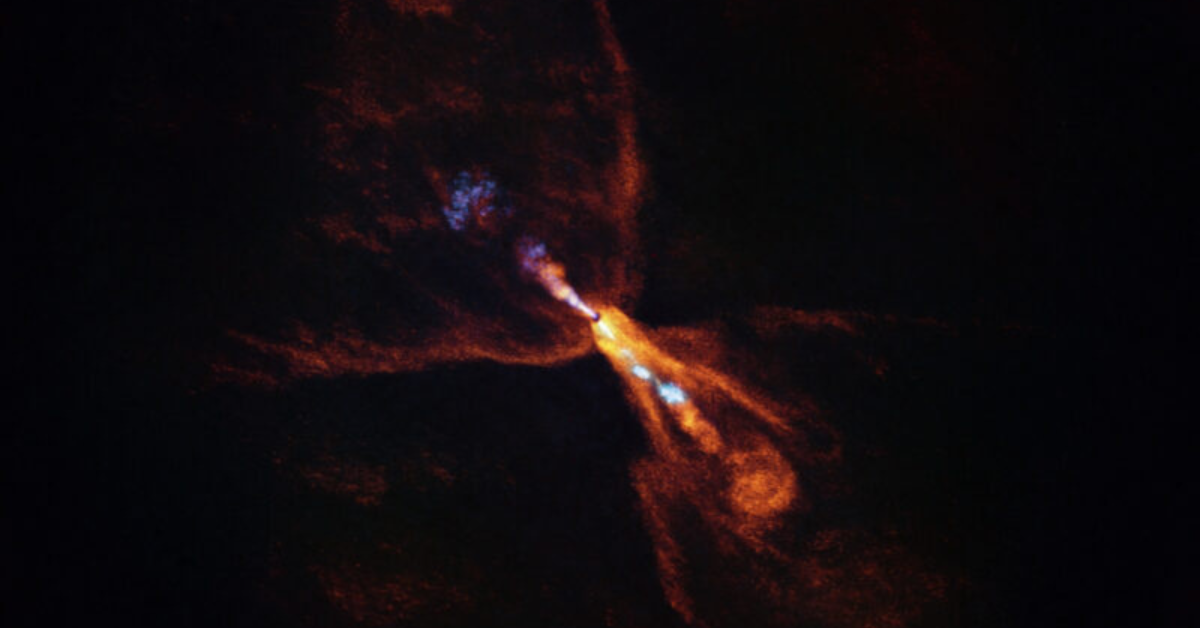
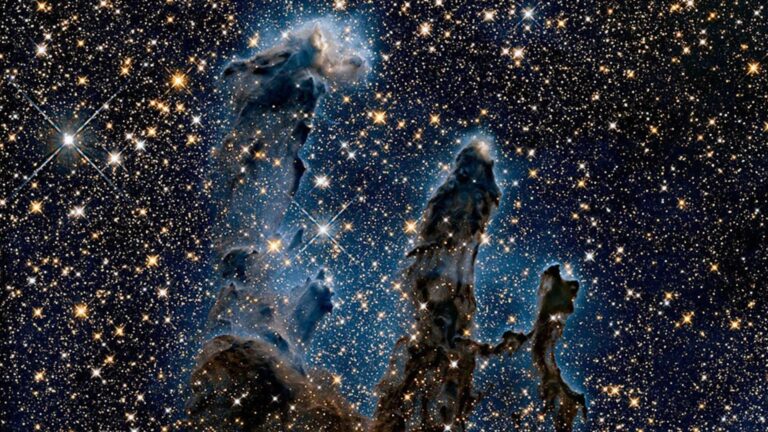
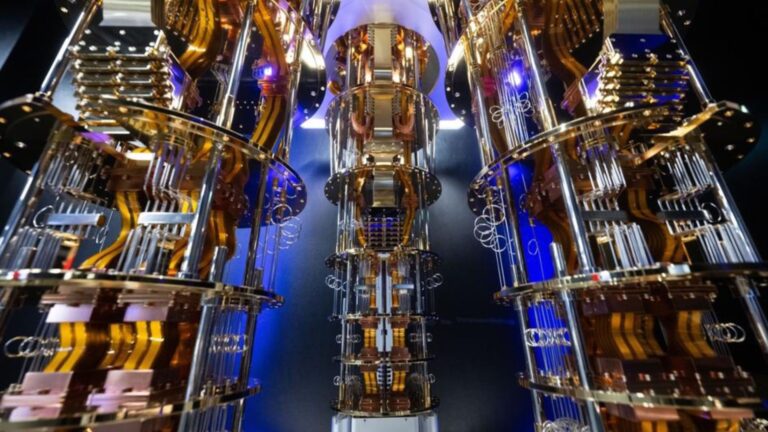
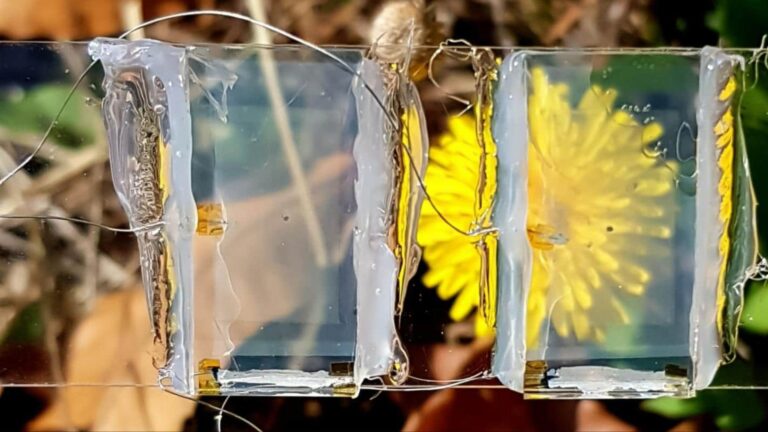



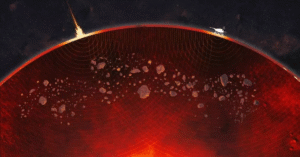

Thank you for your sharing. I am worried that I lack creative ideas. It is your article that makes me full of hope. Thank you. But, I have a question, can you help me?